Home>Construction & Tools>Building Materials>What Is Stucco?
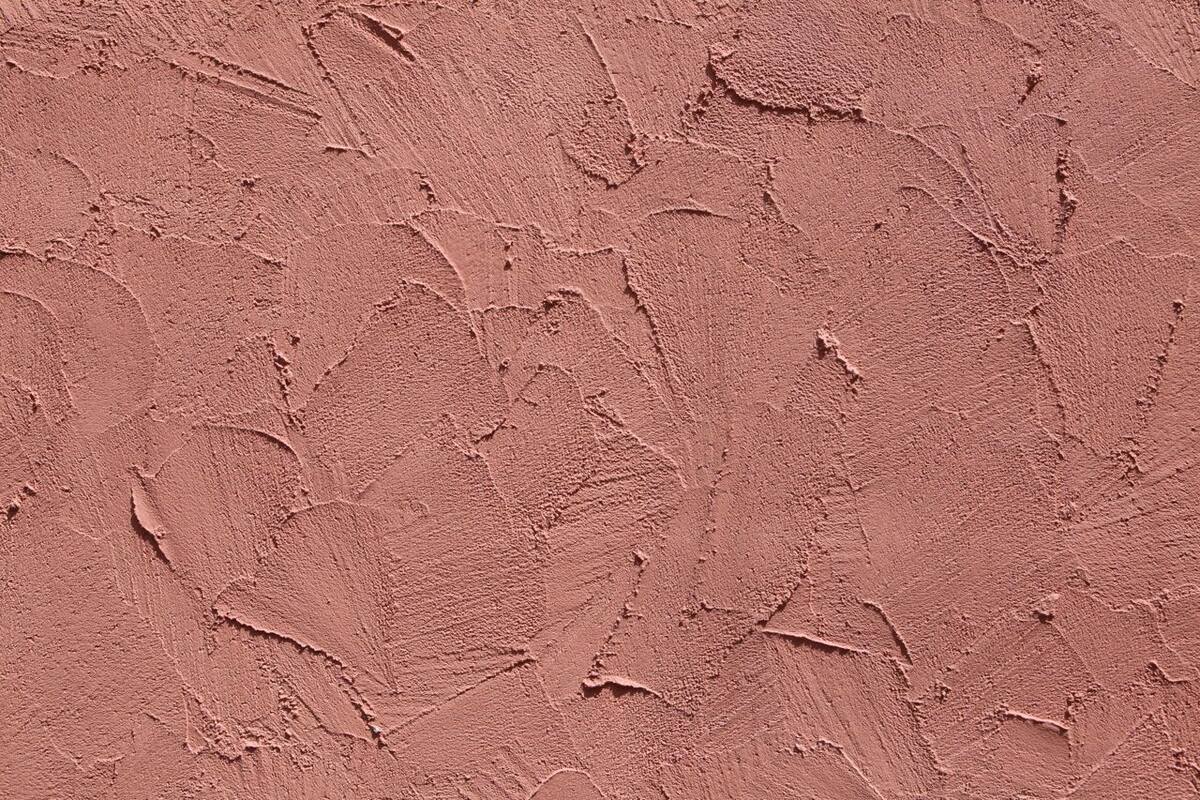

Building Materials
What Is Stucco?
Modified: October 20, 2024
Discover the benefits and uses of stucco, a versatile and durable building material. Learn about its properties and applications in construction.
(Many of the links in this article redirect to a specific reviewed product. Your purchase of these products through affiliate links helps to generate commission for Storables.com, at no extra cost. Learn more)
**
Introduction
**
Stucco, a material with a rich history and versatile applications, has been a cornerstone of construction for centuries. This durable and aesthetically pleasing material has adorned the exteriors of buildings, adding both charm and functionality. Understanding the composition, application, advantages, and maintenance of stucco is essential for anyone involved in the construction or renovation of buildings. In this article, we will delve into the intricacies of stucco, exploring its history, composition, application, finishes, advantages, and maintenance requirements. Whether you are a homeowner, contractor, or enthusiast of building materials, this comprehensive guide will provide valuable insights into the world of stucco.
**
Key Takeaways:
- Stucco, a durable and versatile building material with a rich history, offers a wide range of finishes and advantages, making it a compelling choice for construction projects.
- Understanding stucco’s composition, application, and maintenance is crucial for harnessing its enduring appeal and ensuring its longevity in architectural design.
Read more: What Is A Stucco House
History of Stucco
**
The history of stucco dates back to ancient civilizations, where it was utilized for both practical and decorative purposes. The earliest known use of stucco can be traced to the ancient Egyptians, who employed a mixture of gypsum and lime to adorn the walls of their structures. The Greeks and Romans further refined the use of stucco, incorporating marble dust into the mix to enhance its durability and aesthetic appeal.
During the Renaissance, stucco experienced a resurgence in popularity as architects and artisans utilized it to emulate the grandeur of classical Greek and Roman architecture. Elaborate stucco ornamentation adorned the facades and interiors of palaces, churches, and public buildings, reflecting the wealth and sophistication of the era.
Stucco’s versatility and adaptability made it a favored building material in various regions, from the intricate Moorish designs in Spain to the ornate Baroque embellishments in Italy. As European explorers and colonists ventured to the New World, they brought with them the tradition of stucco craftsmanship, leading to its integration into the architecture of the Americas.
Today, stucco continues to be a popular choice for exterior cladding and decorative finishes, blending traditional techniques with modern innovations to meet the demands of contemporary construction. Its enduring legacy is a testament to the timeless appeal and enduring practicality of this remarkable building material.
**
Composition of Stucco
**
Stucco is a versatile building material composed of several key ingredients that contribute to its strength, durability, and workability. The primary components of traditional stucco include cement, lime, sand, and water. Cement serves as the binding agent, holding the stucco mixture together and providing structural integrity. Lime, often in the form of hydrated lime, enhances workability and adhesion while imparting a degree of flexibility to the stucco, allowing it to accommodate slight movements in the underlying structure without cracking.
The sand used in stucco is carefully selected for its particle size and shape, influencing the texture and finish of the final application. Coarse sand is typically employed for base coats to improve adhesion and reduce shrinkage, while finer sands are utilized in finish coats to achieve a smooth, uniform surface. Water is added to the mixture to initiate the hydration process of the cement, allowing the stucco to be applied and shaped before it hardens into a solid, weather-resistant coating.
In addition to these fundamental components, modern stucco formulations may incorporate additives such as fibers, acrylics, or synthetic polymers to enhance tensile strength, impact resistance, and water repellency. These advancements have expanded the performance capabilities of stucco, making it a viable option for a wide range of climates and architectural styles.
The precise ratio of each ingredient in the stucco mixture, as well as the application techniques employed, can significantly influence the final appearance and performance of the stucco finish. Understanding the composition of stucco is crucial for achieving optimal results in both new construction and renovation projects.
**
Application of Stucco
**
The application of stucco involves a meticulous process that requires skill, precision, and attention to detail. Before applying stucco, the substrate, which is typically a solid surface such as masonry, concrete, or wood, must be thoroughly prepared to ensure proper adhesion and longevity of the stucco finish. This preparation may involve cleaning the substrate, repairing any cracks or imperfections, and applying a bonding agent to promote adhesion.
Once the substrate is ready, the stucco mixture is applied in multiple layers, typically consisting of a scratch coat, brown coat, and finish coat. The scratch coat, also known as the base coat, is the first layer applied to the substrate. It is scored or scratched to create a rough texture, allowing the subsequent layers to adhere securely. The brown coat, or second layer, further reinforces the structure and provides a level surface for the final finish coat. The finish coat, the outermost layer, is meticulously troweled to achieve the desired texture and appearance.
Skilled craftsmen adeptly manipulate the stucco during application, shaping and sculpting it to create decorative features and architectural details. Whether it’s the smooth, sleek finish of a modern facade or the intricate textures of a Mediterranean villa, the artistry of stucco application contributes to the unique character of each structure.
While traditional stucco application involves hand-troweling techniques, modern methods may incorporate spray application for efficiency and consistency. Regardless of the application technique, proper curing and protection of the stucco during the initial stages are crucial to ensure a durable and resilient finish. This may involve misting the stucco to prevent rapid drying and applying a protective coating to shield it from the elements as it cures.
Understanding the intricacies of stucco application is essential for achieving superior results and harnessing the full potential of this time-honored building material.
**
Types of Stucco Finishes
**
Stucco finishes offer a diverse array of textures and appearances, allowing for customization to suit various architectural styles and design preferences. Each type of stucco finish imparts a distinct aesthetic character and contributes to the overall visual impact of a structure. Some common types of stucco finishes include:
- Smooth Finish: This sleek and uniform finish is achieved through meticulous troweling, resulting in a clean and contemporary appearance. Smooth stucco finishes are well-suited to modern and minimalist architectural designs, providing a polished and refined exterior.
- Swirled or Spanish Lace Finish: Characterized by intricate patterns of swirls and curves, this finish adds a touch of elegance and Old-World charm to building facades. The delicate, undulating textures create visual interest and lend a sense of timeless sophistication.
- Dash or Rough Cast Finish: With its textured and rugged surface, the dash or rough cast finish offers a rustic and tactile appeal. This finish is achieved by projecting small particles of aggregate onto the stucco surface, creating a coarse and irregular texture reminiscent of traditional craftsmanship.
- Machine Dash Finish: Employing mechanized equipment, the machine dash finish produces a uniform texture with a granular appearance. This method offers consistency and efficiency, making it a popular choice for large-scale projects where speed and uniformity are paramount.
- Rock Dash Finish: By incorporating larger aggregate particles, the rock dash finish achieves a distinctive, pebbled texture that evokes the natural beauty of stone. This finish adds depth and visual intrigue to building exteriors, imparting a sense of organic warmth and character.
These are just a few examples of the myriad stucco finishes available, each offering its own aesthetic allure and contributing to the architectural identity of a building. Whether seeking a contemporary, traditional, or eclectic look, the versatility of stucco finishes provides endless possibilities for enhancing the visual appeal of structures.
**
When applying stucco, make sure to properly prepare the surface by cleaning and repairing any cracks or damage. This will ensure a smooth and long-lasting finish.
Read more: What Is Lath For Stucco
Advantages of Stucco
**
Stucco offers a host of advantages that have contributed to its enduring popularity as a building material. These advantages encompass both practical and aesthetic aspects, making stucco a compelling choice for a wide range of construction projects. Some key advantages of stucco include:
- Durability: Stucco is renowned for its exceptional durability, capable of withstanding the rigors of diverse climates and environmental conditions. When properly installed and maintained, stucco can endure for decades, providing long-lasting protection for buildings.
- Weathertight Seal: Stucco forms a seamless, weathertight seal when applied, safeguarding structures against moisture infiltration and wind-driven rain. This protective barrier helps maintain the integrity of the building envelope and contributes to energy efficiency.
- Fire Resistance: Stucco exhibits inherent fire resistance, serving as a valuable safeguard against the spread of flames and contributing to the overall fire safety of buildings. This feature enhances the peace of mind of occupants and property owners.
- Design Versatility: Stucco offers a versatile canvas for architectural expression, accommodating an array of textures, finishes, and decorative elements. From sleek, modern facades to timeless, ornate detailing, stucco can be tailored to suit diverse design visions.
- Low Maintenance: Once applied, stucco requires minimal maintenance, alleviating the need for frequent upkeep and refinishing. Routine inspections and occasional cleaning are typically sufficient to preserve the appearance and performance of stucco finishes.
- Energy Efficiency: Stucco’s thermal mass properties contribute to energy efficiency by moderating indoor temperatures and reducing the reliance on heating and cooling systems. This can lead to potential cost savings and environmental benefits.
These advantages collectively position stucco as a resilient, adaptable, and aesthetically appealing building material, making it a compelling choice for both residential and commercial construction projects. Whether seeking durability, design flexibility, or environmental performance, stucco delivers a compelling array of benefits.
**
Disadvantages of Stucco
**
While stucco offers a multitude of benefits, it is important to consider potential disadvantages associated with this building material. Understanding these drawbacks can inform informed decisions and effective maintenance strategies. Some notable disadvantages of stucco include:
- Potential for Cracking: Stucco, particularly in regions with significant temperature fluctuations or seismic activity, may be susceptible to cracking over time. Proper installation techniques, control joints, and regular inspections are essential for mitigating this risk.
- Maintenance Challenges: While stucco generally requires minimal maintenance, addressing cracks, discoloration, or water intrusion can present challenges, necessitating prompt attention to prevent more extensive issues.
- Moisture Retention: Inadequate drainage, improper flashing, or damage to the stucco surface can lead to moisture retention, potentially causing degradation of the substrate and compromising the integrity of the stucco finish. Vigilant moisture management is crucial to prevent such issues.
- Cost of Repairs: Addressing significant stucco damage or deterioration may entail considerable repair costs, especially if underlying substrate damage is involved. Timely inspections and proactive maintenance can help minimize the impact of potential repair expenses.
- Application Complexity: Achieving optimal stucco application requires skill and precision, and may be more complex than other exterior finishes. Employing experienced professionals is essential to ensure the quality and longevity of the stucco finish.
- Aesthetic Limitations: While stucco offers a diverse range of finishes, some architectural styles or design preferences may be better suited to alternative cladding materials. Assessing the compatibility of stucco with the overall design vision is crucial for achieving desired aesthetic outcomes.
By acknowledging these potential disadvantages and implementing proactive measures, such as regular inspections, timely repairs, and adherence to best practices during installation, the challenges associated with stucco can be effectively managed, allowing for the realization of its numerous benefits while mitigating potential drawbacks.
**
Maintenance of Stucco
**
Proper maintenance is essential for preserving the integrity and appearance of stucco finishes, ensuring their longevity and performance over time. By implementing routine care and addressing issues promptly, property owners can safeguard their investment and uphold the aesthetic appeal of their structures. Key aspects of stucco maintenance include:
- Regular Inspections: Periodic inspections of the stucco surface and substrate can help identify early signs of damage, discoloration, or moisture infiltration. By detecting issues in their nascent stages, property owners can address them before they escalate into more extensive problems.
- Cleaning: Gentle cleaning of stucco surfaces, using a soft brush or low-pressure washing, can help remove dirt, mildew, and pollutants that may accumulate over time. Regular cleaning can preserve the appearance of the stucco finish and contribute to its longevity.
- Repairs: Prompt repair of any cracks, chips, or damage to the stucco is crucial for preventing moisture intrusion and substrate deterioration. Utilizing compatible repair materials and techniques is essential for achieving durable and seamless repairs.
- Moisture Management: Ensuring proper drainage, maintaining intact sealants and flashing, and addressing any areas of moisture retention are vital for preventing water-related issues that can compromise the stucco and underlying substrate.
- Painting and Refinishing: When refinishing or repainting stucco surfaces, it is important to use breathable, vapor-permeable coatings that allow moisture to escape. Proper surface preparation and application techniques are essential for achieving durable and visually appealing results.
- Professional Maintenance: Engaging experienced stucco contractors for comprehensive inspections, repairs, and maintenance can provide valuable expertise and ensure that the stucco system is effectively cared for and preserved.
By adhering to a proactive maintenance regimen and addressing issues in a timely manner, property owners can prolong the life of their stucco finishes, maintain their structural integrity, and uphold the aesthetic allure of their buildings. Thoughtful care and attention to maintenance can yield enduring benefits for stucco-clad structures.
**
Conclusion
**
Stucco, with its rich history, enduring qualities, and versatile applications, stands as a testament to the time-honored artistry and functionality of building materials. From ancient civilizations to modern construction practices, stucco has left an indelible mark on architectural traditions, offering a harmonious blend of durability, aesthetics, and practicality.
Understanding the composition, application techniques, finishes, and maintenance requirements of stucco is essential for harnessing its full potential and reaping its myriad benefits. Whether adorning the exterior of a contemporary residence, embellishing the facade of a historic landmark, or adding character to a commercial structure, stucco continues to captivate with its timeless appeal and adaptability.
While stucco presents advantages and considerations that warrant careful attention, its enduring legacy and enduring appeal make it a compelling choice for discerning property owners, architects, and builders. By embracing the art of stucco craftsmanship and implementing thoughtful maintenance practices, the allure and resilience of this exceptional building material can be sustained for generations to come.
As we navigate the ever-evolving landscape of construction and design, the enduring presence of stucco serves as a reminder of the enduring legacy and timeless allure of this remarkable building material.
Frequently Asked Questions about What Is Stucco?
Was this page helpful?
At Storables.com, we guarantee accurate and reliable information. Our content, validated by Expert Board Contributors, is crafted following stringent Editorial Policies. We're committed to providing you with well-researched, expert-backed insights for all your informational needs.
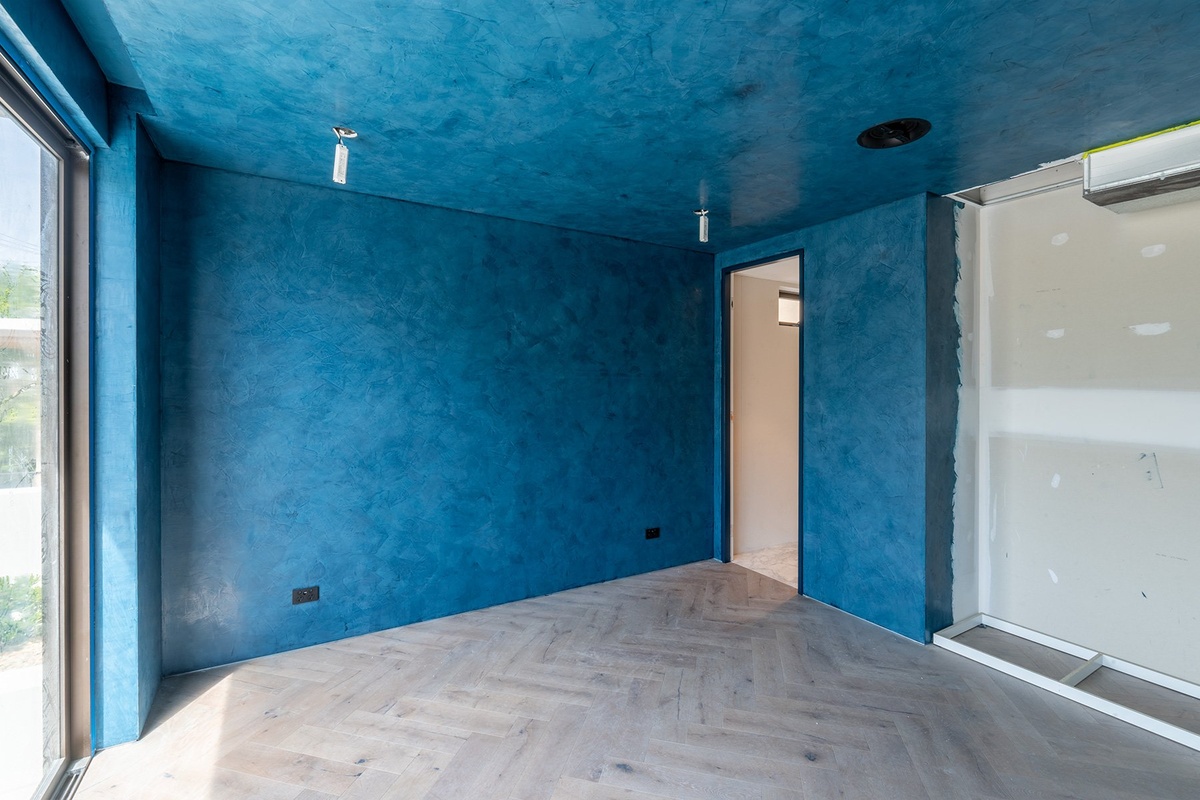
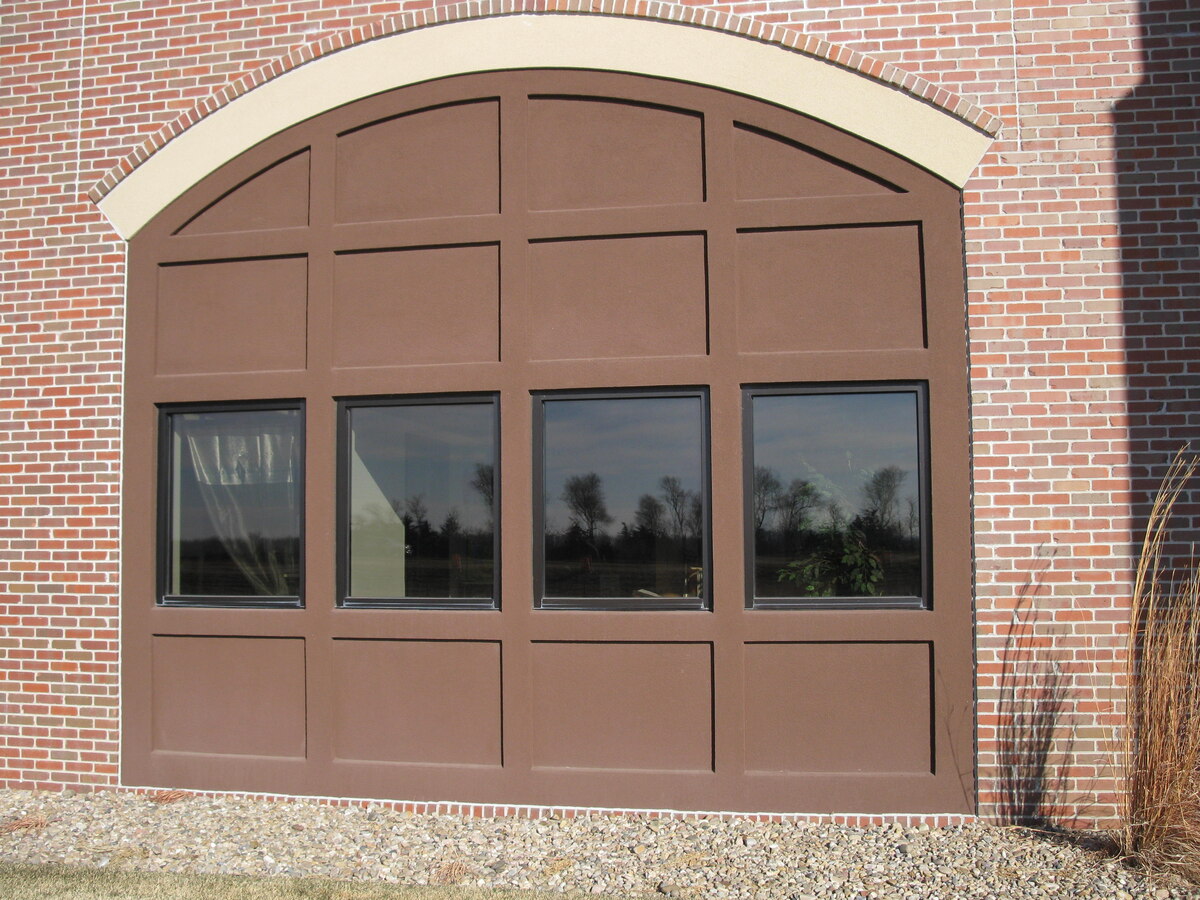
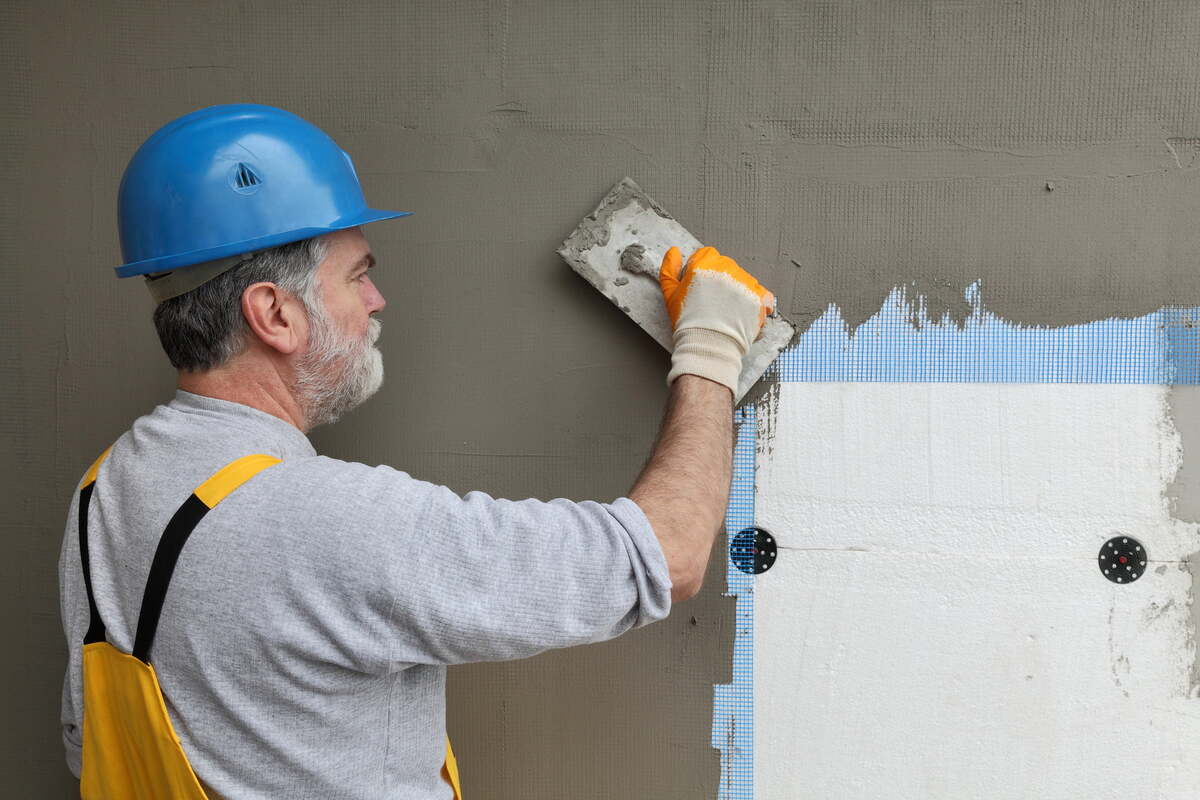
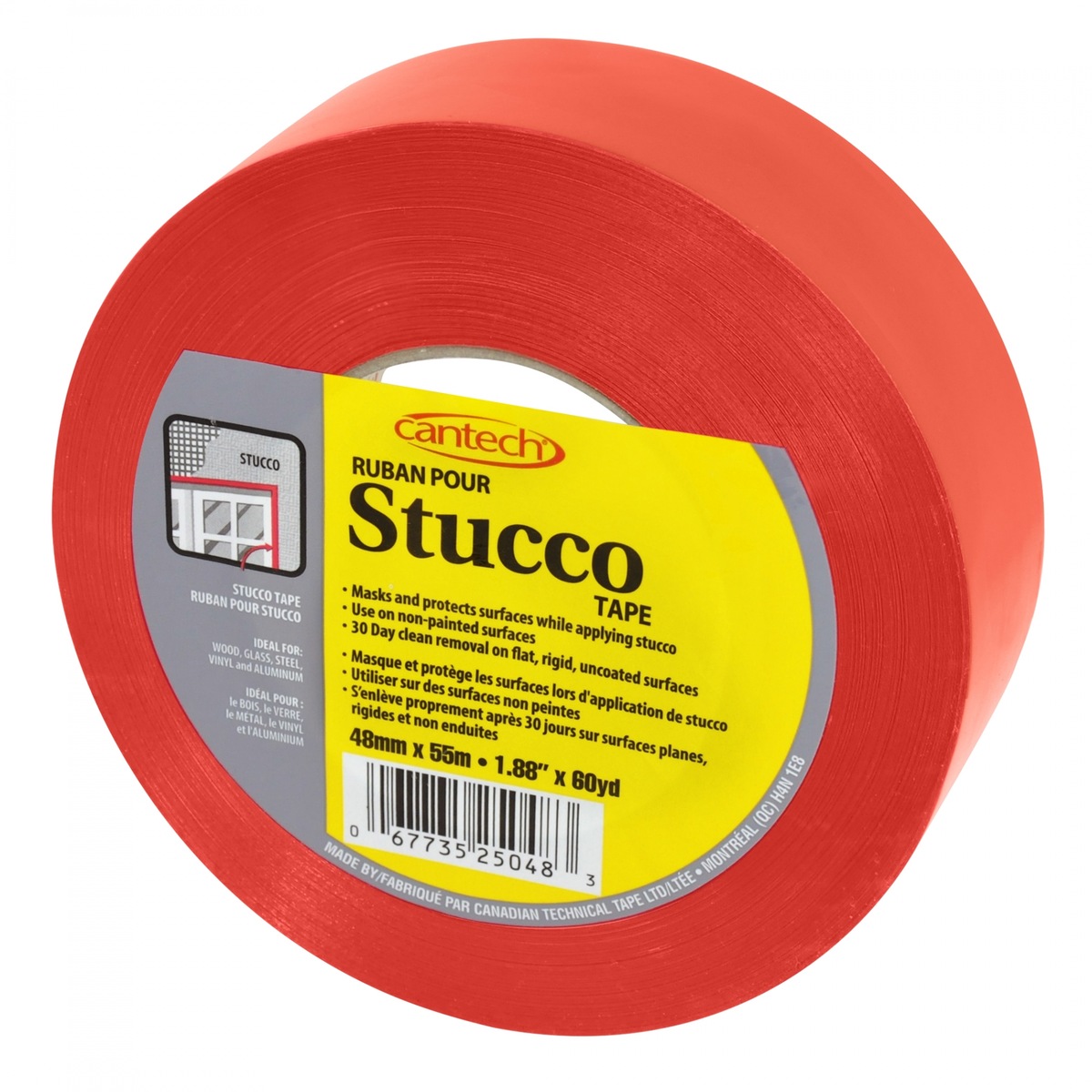
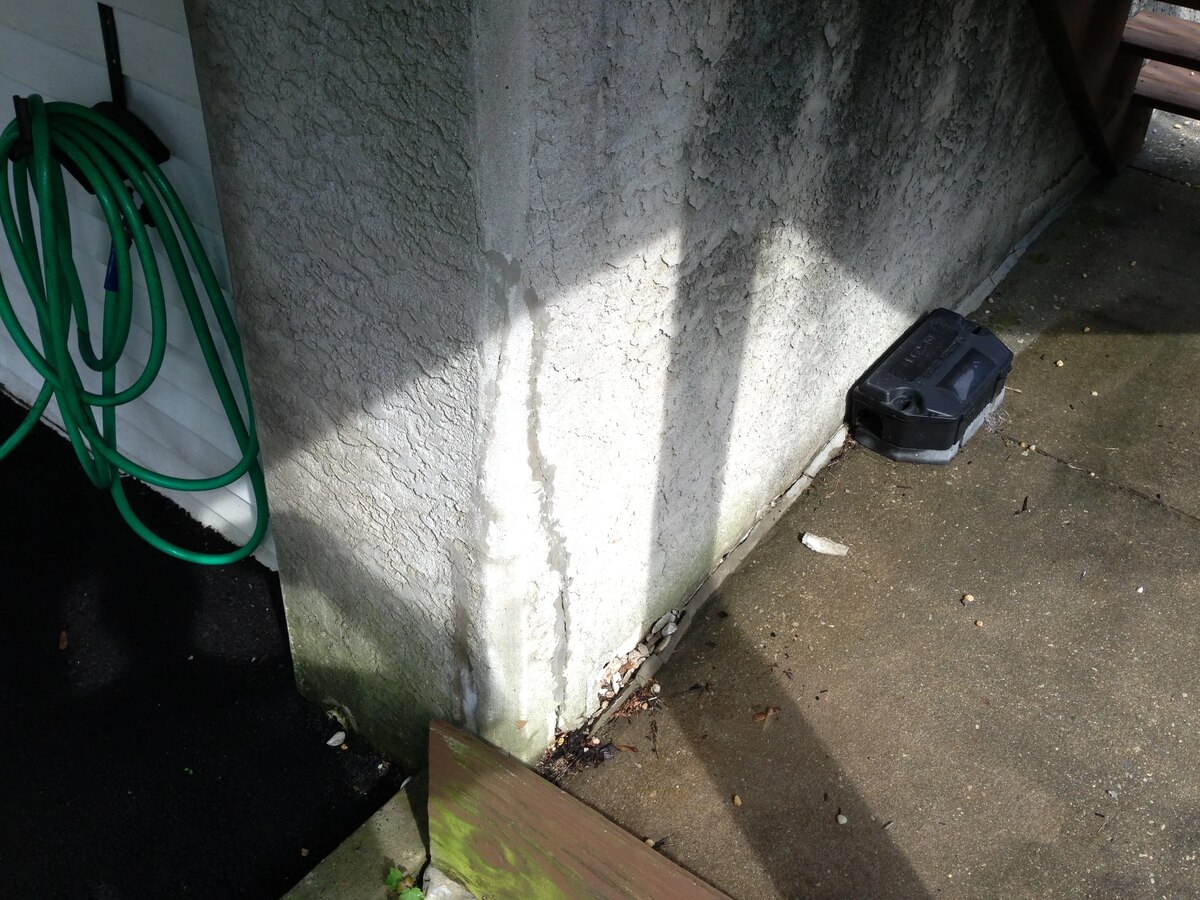
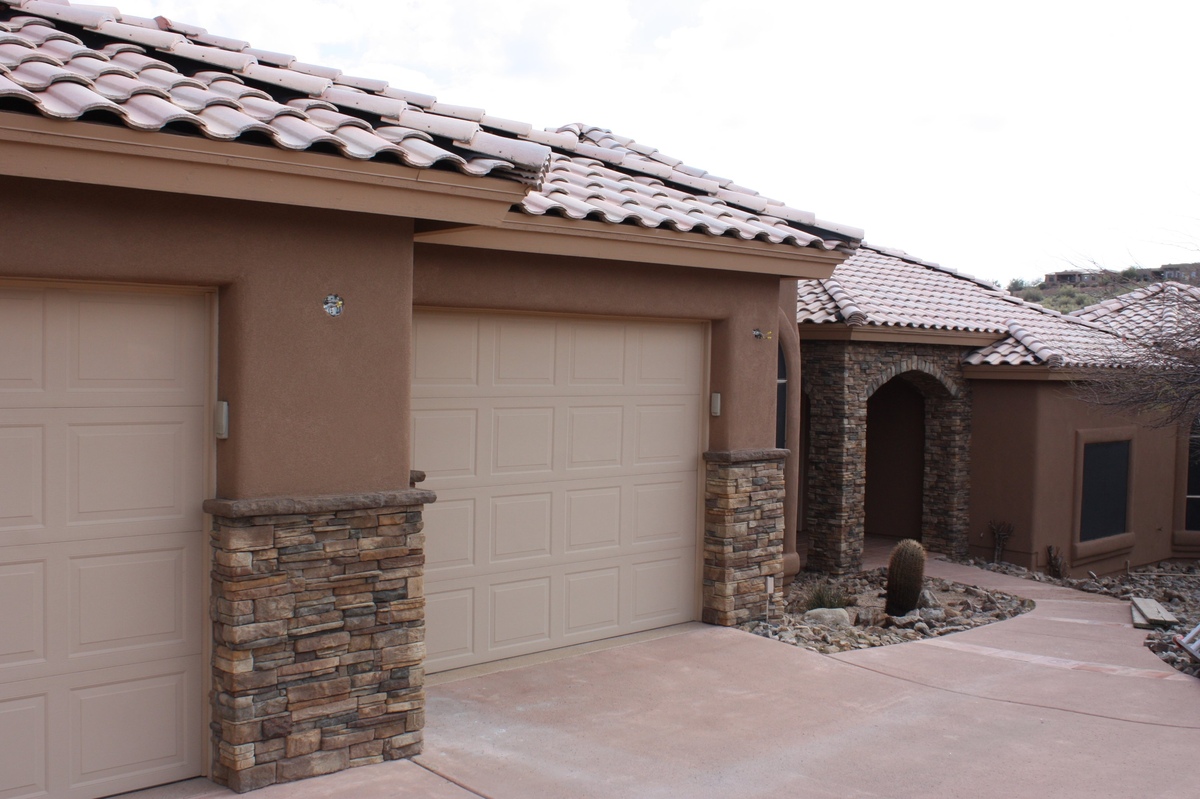
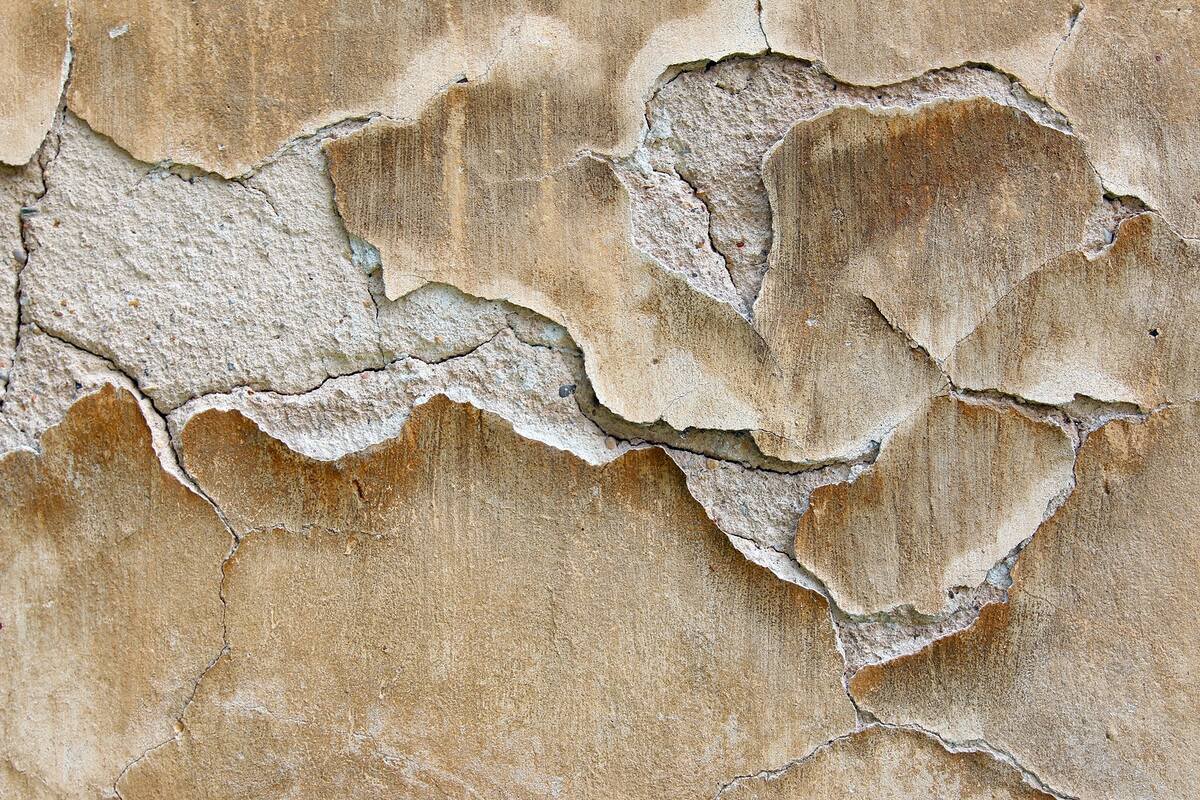
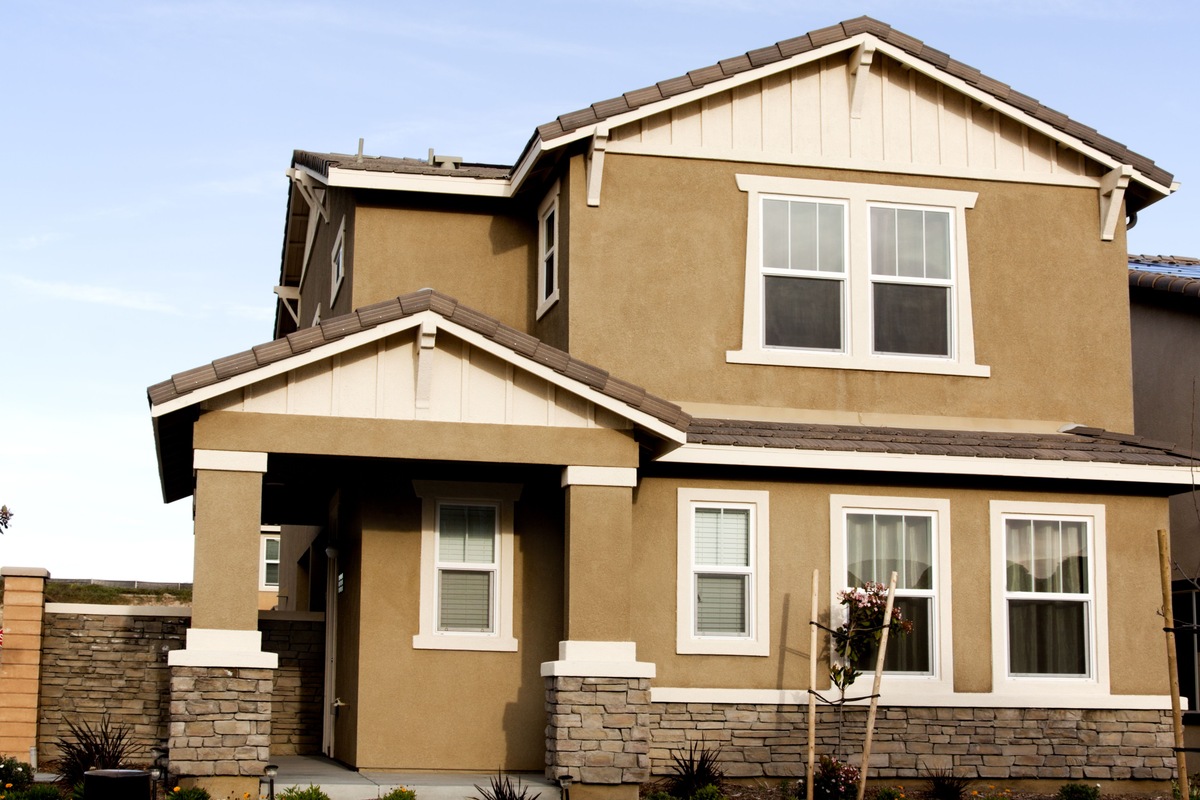

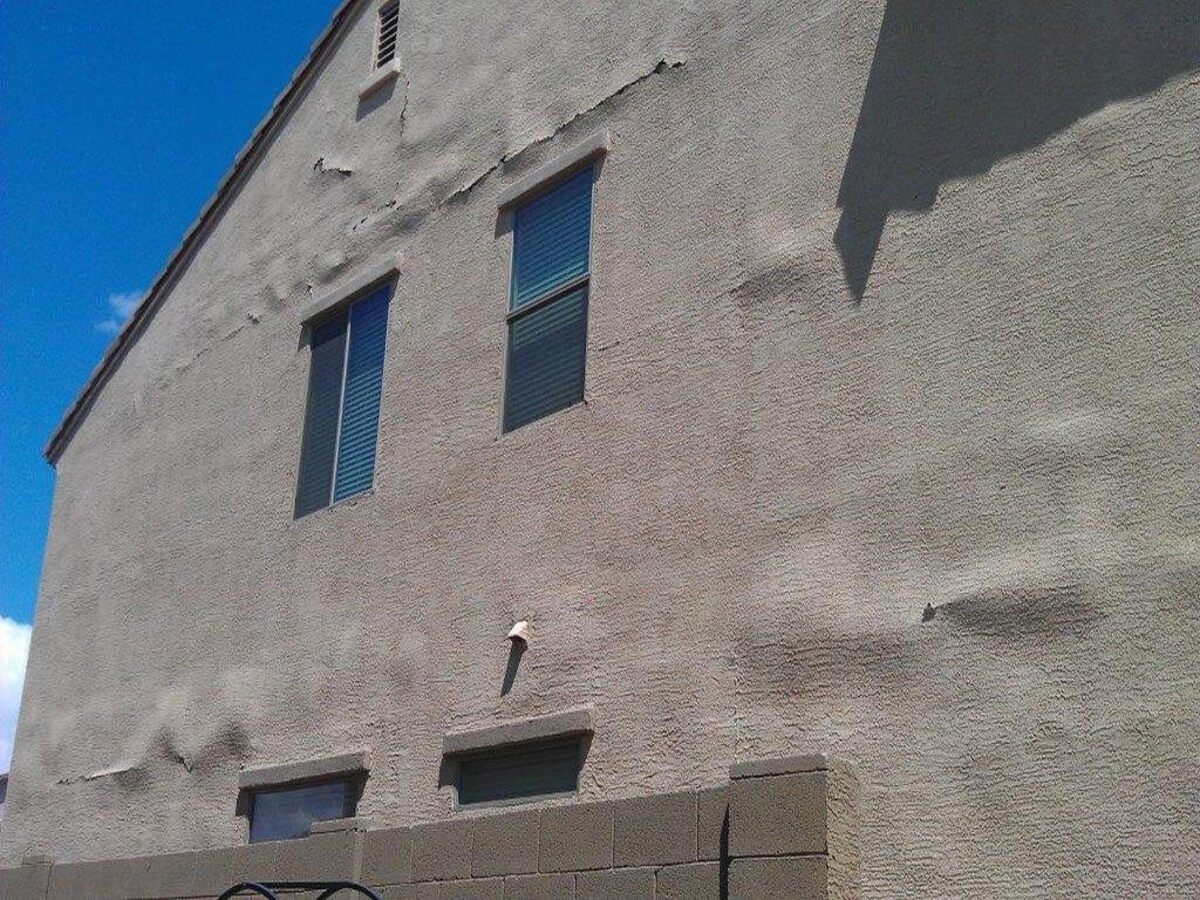
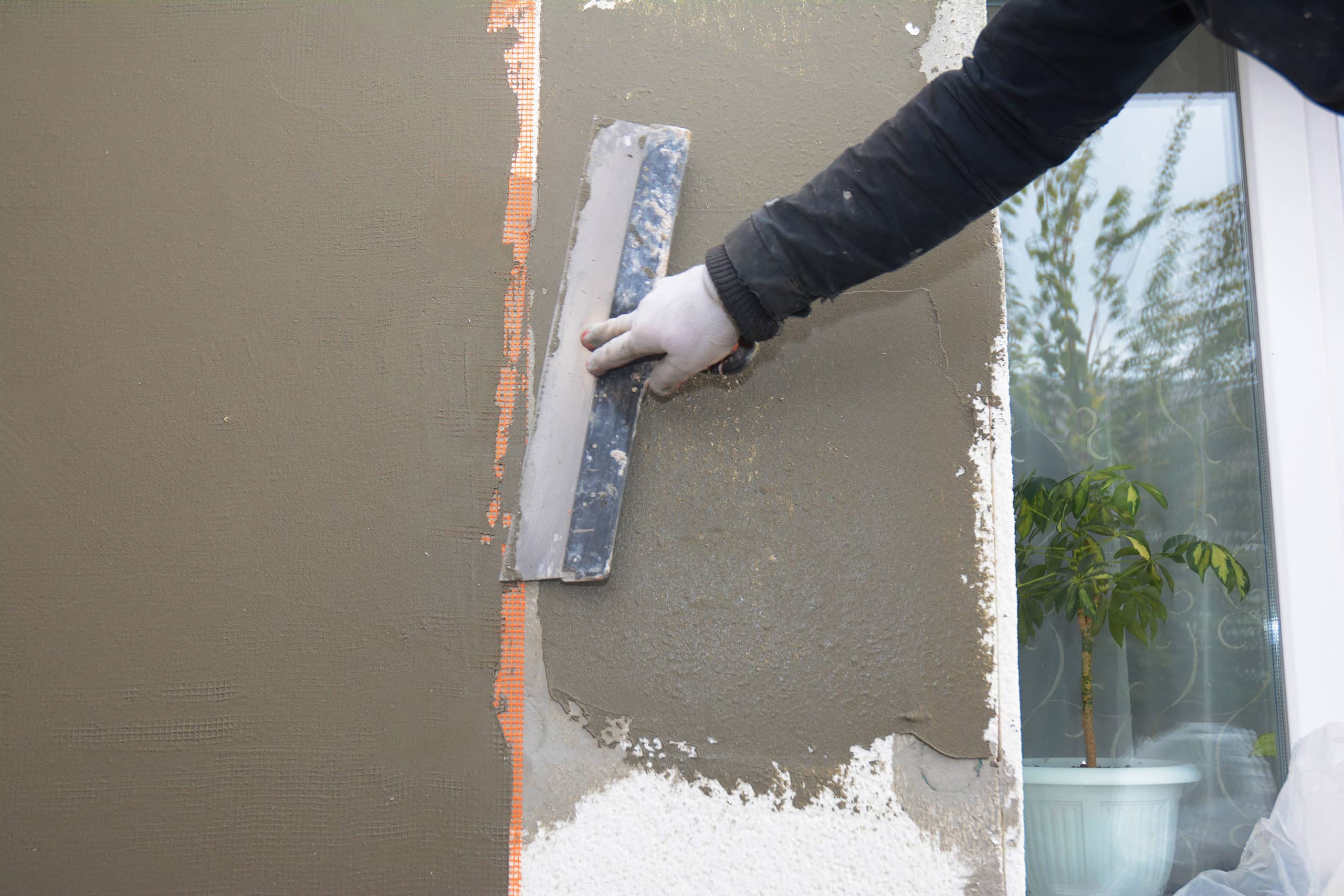
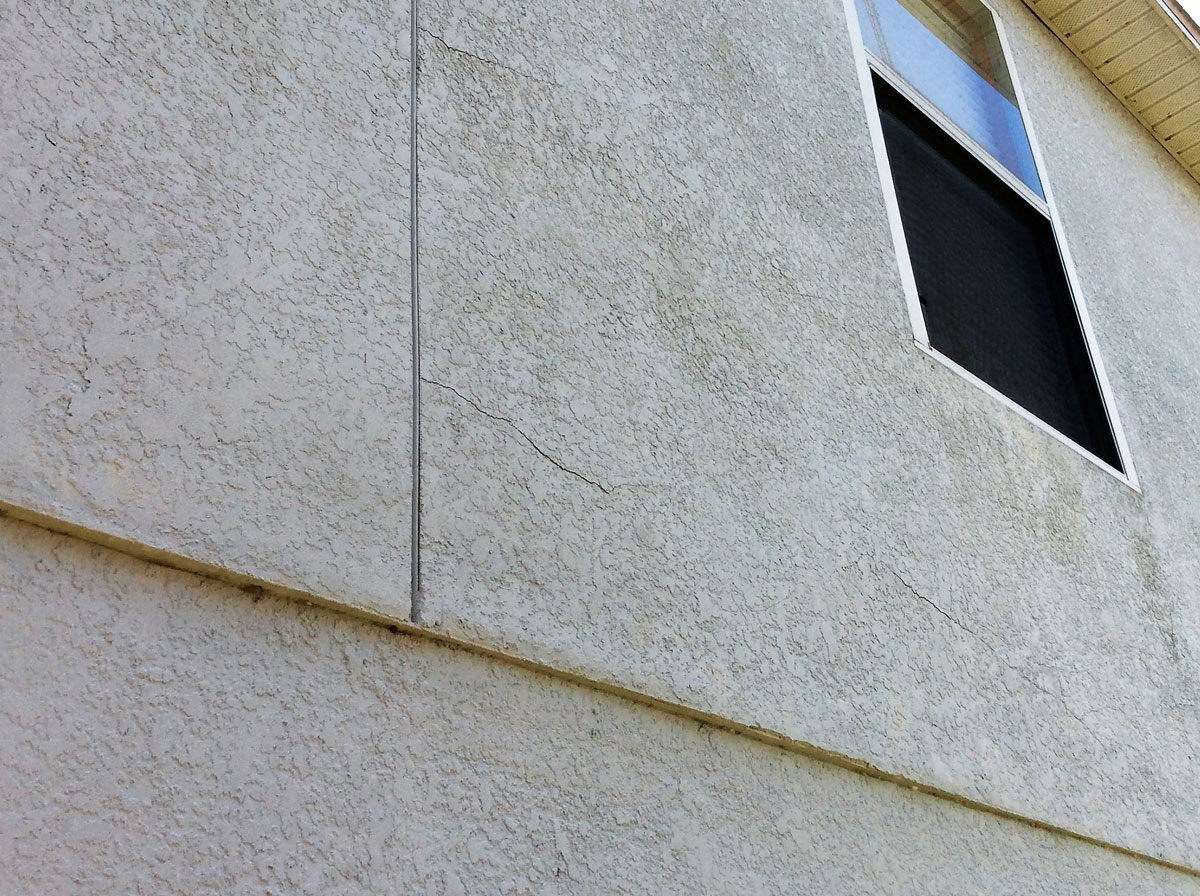
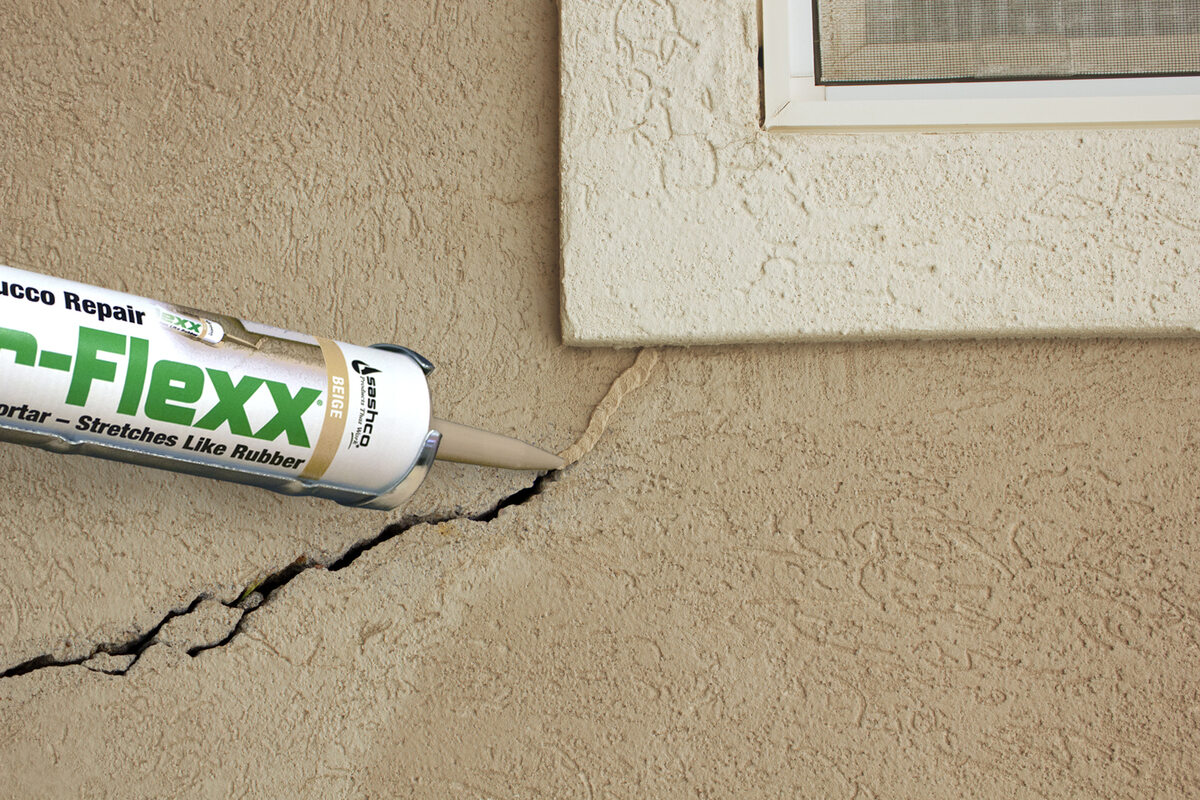
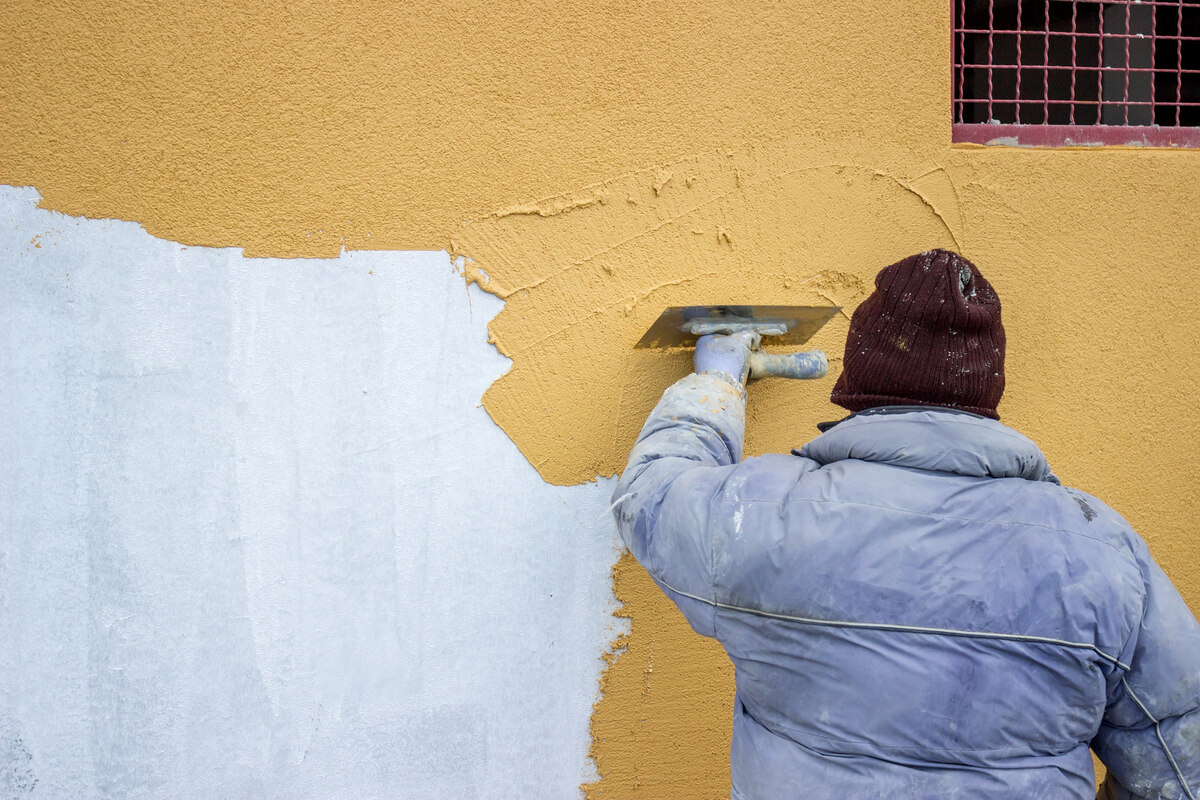

0 thoughts on “What Is Stucco?”